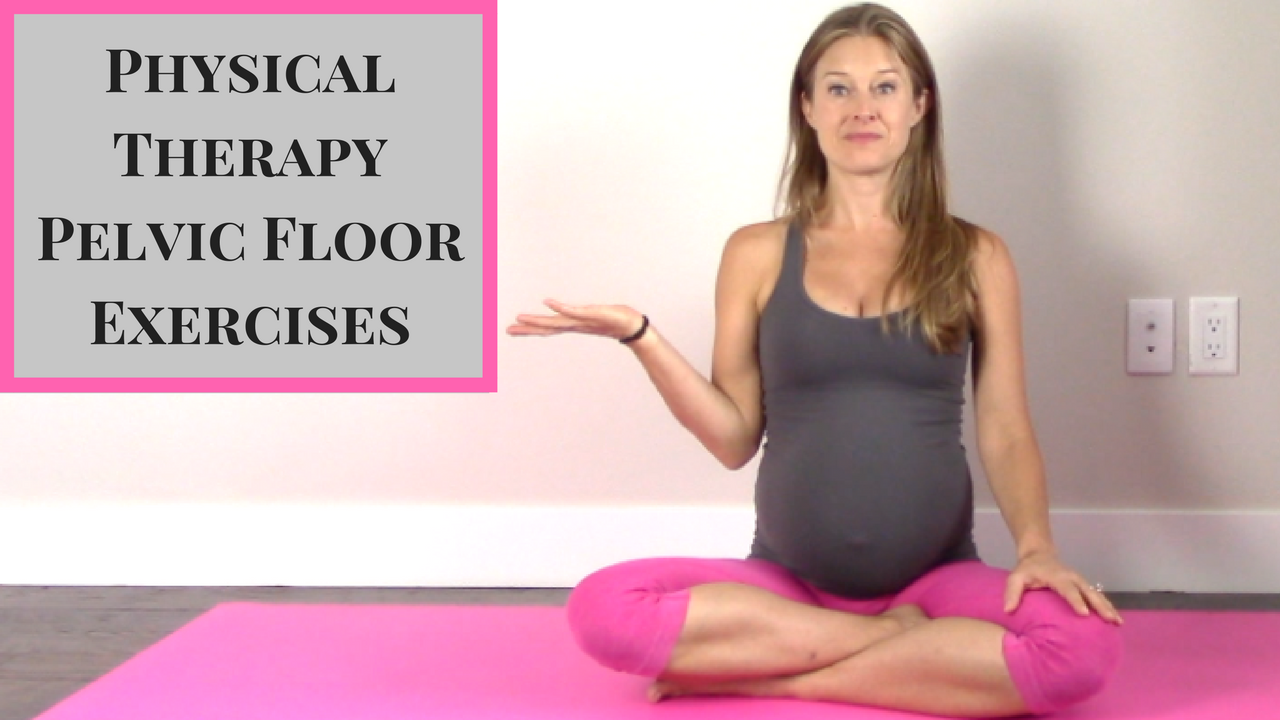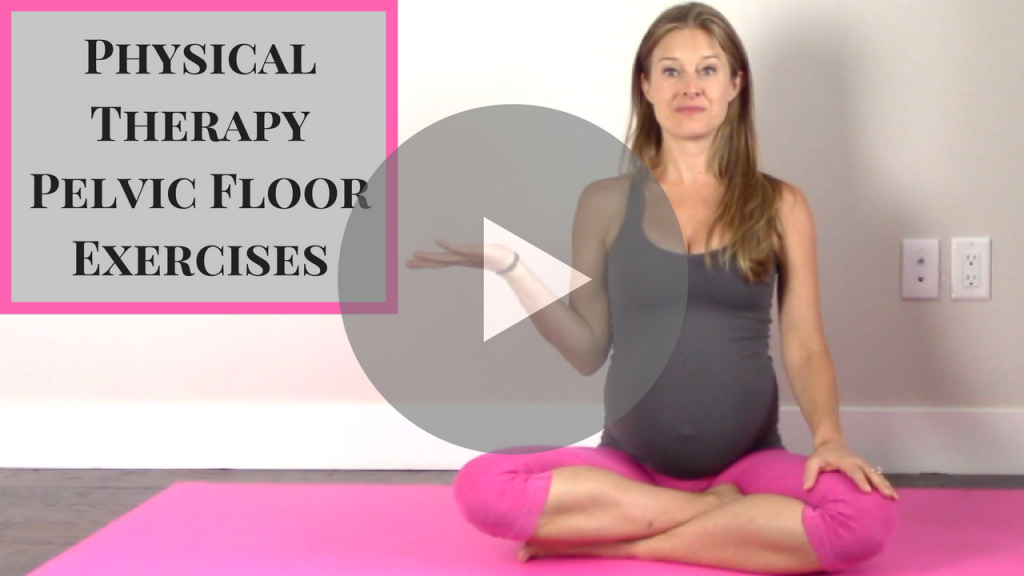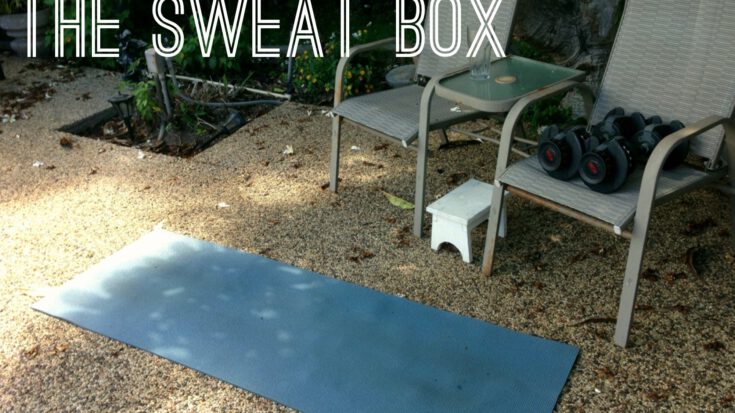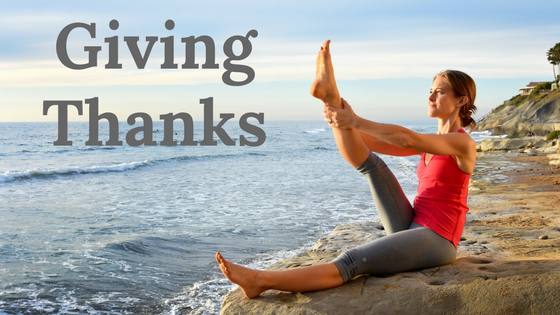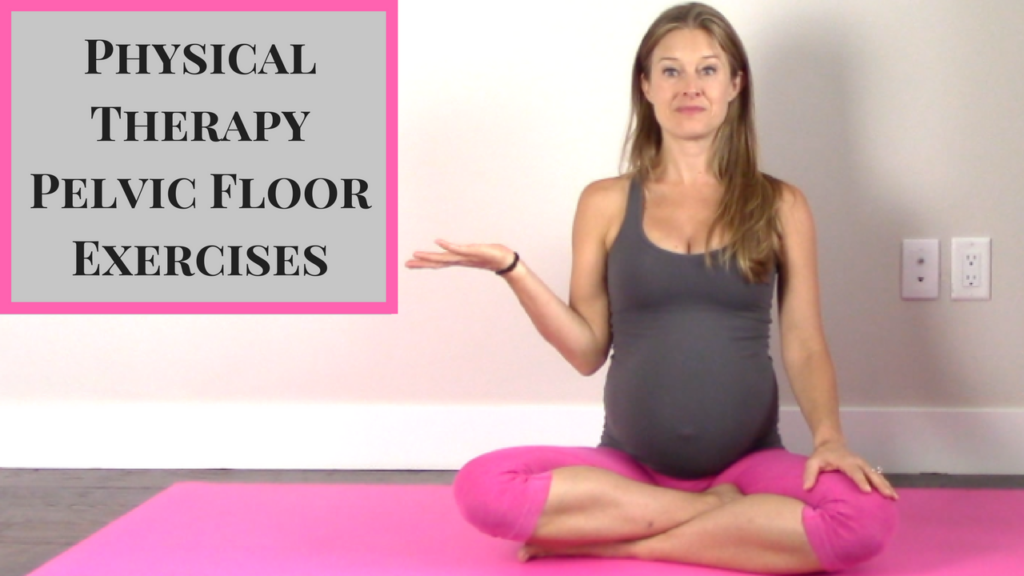
If you are a woman, a man, have had a baby, experience incontinence, have a history of back pain, have diastasis recti, or have taken any Pilates or yoga class, you are most likely aware that you have pelvic floor muscles and that there are pelvic floor exercises you should do to help strengthen them.
Knowing what that actually means is an entirely different story.
Most people assume doing what are known as Kegal exercises is enough to keep their pelvic floor muscles strong. They walk around or sit at their desk trying to lift up and “stop the flow of urine” and assume all is good.
Unfortunately that isn’t the case.
Research shows that 65% of people who think they are doing pelvic floor contractions correctly actually are not. They end up working their glutes, rectus abdominus or obliques instead of the actual pelvic floor muscles (source).
A study by Brent Anderson showed that 45% of Pilates instructors with over 5 years of experience also weren’t doing pelvic floor exercises correctly!
There is an obvious problem in the way we have all been taught how to contract the pelvic floor, and it’s important for our overall health that we address is and fix it.
The pelvic floor itself plays an essential role in our general health. Common symptoms associated with pelvic floor dysfunction include:
- Low back pain
- Pelvic and SI pain (pain more into the buttocks and sacrum)
- Pain with sex
- Incontinence
- Organ prolapse
In fact, in 2012 Vleeming (a famous researcher), concluded that the function of the pelvis is essential for the performance of almost every task we perform in life.
That’s pretty powerful stuff and a great reason to figure out the right way to do pelvic floor exercises!
In the following short video, I’ll discuss the typical Kegal cue of “stopping the flow of urine” and why this doesn’t address the pelvic floor muscles correctly. Then I’ll go through the cues that DO work and how to use them effectively for your pelvic floor exercises!
While the research is compelling and important, I also know from a personal perspective how important correctly pelvic floor exercises are.
When I got pregnant in 2012, I figured I knew the best way to exercise and stay fit during pregnancy. I did the typical Kegal exercises throughout the day, thinking I was keeping my pelvic floor strong.
I then experienced a 43 hour labor that included 4 hours of pushing and using a vacuum to get our daughter out. I proceeded to return to exercise too quickly after birth, not realizing the trauma I could cause myself.
I was left with a bladder prolapse due to weakened pelvic floor muscles.
I realized how little information there is out there for how to workout during and after pregnancy, and how to correctly address pelvic floor dysfunction! I used my physical therapy and Pilates background to get into the research and create a Pregnancy Workout Series for pregnant women and a PostPartum Fitness Program for Pilates instructors. I used the principles myself during my recent second pregnancy and have not experienced the problems I had with baby #1.
This Pelvic Floor Exercises tutorial will guide you through how to correctly contract and strengthen your pelvic floor muscles. While it is great during and after pregnancy, it is applicable to anyone who has pelvic floor dysfunction!
All it takes is a few minutes to watch this pelvic floor exercises video and learn the proper cues and exercises! You can then do them throughout the day to keep your pelvic floor strong and healthy (and I promise no one will even know you are doing them :).
